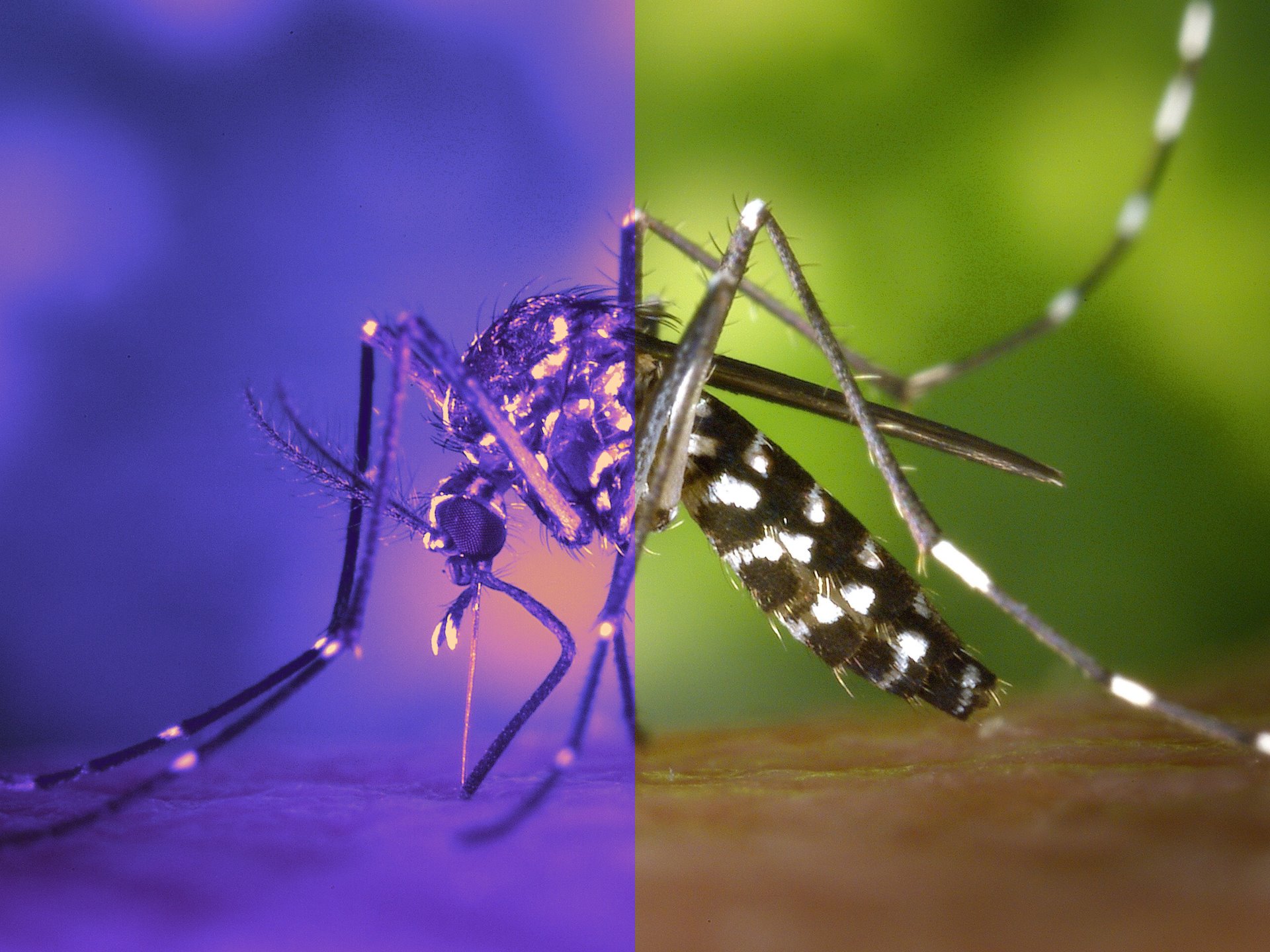The Lamen
Rising temperatures leave half the world’s population vulnerable to dengue

Aedes aegypti is the carrier of several viruses, causing dengue, yellow fever, chikungunya, and Zika. Moving across continents, the mosquito has established itself into a healthy population globally. While the winter served as a line of defense against the mosquito, raising global temperatures have made cases of dengue increase at a rapid rate.
Photo: Pexels; Edited by The Lamen
By Akul Kumar
Published on Sep 21, 2023
The World Health Organization cautioned about record-high cases of dengue fever as mosquitoes benefit from the increased heat — posing a “pandemic threat.” Experts predict that about half the world’s population will now be at risk of dengue, marking an eight-fold increase in incidence since 2000.
Soaring dengue cases
- The ECDC reports over 3.7 million cases of dengue as of August 2023 with over 2000 dengue-related deaths, with data from 70 countries.
- Close to 3 million cases have already been reported in the Americas so far, with regions like Brazil, Bolivia, and Peru reporting the highest number of cases.
- New Delhi has steadily reported a concerning uptick in dengue cases, with “at least 40% of fever cases” being diagnosed as dengue, reported the Times of India.
- While the COVID-19 pandemic may have initially lessened the burden of dengue, environmental changes exacerbated by climate change have contributed heavily to the rapid progression.
Some background
- Dengue fever is spread through the bite of the Aedes aegypti mosquito — jet black in color, with white spots on its thorax, and white rings on the legs.
- About 25 percent of people infected with dengue experience any symptoms, typically appearing 4 to 10 days after the mosquito bite and lasting for up to a week.
- Common symptoms include high fever (104°F or 40°C), rashes, nausea, vomiting, joint or muscle pain, swollen glands, and pain behind the eyes.
- Nearly 1 in 20 people who get sick develop severe dengue — with warning signs appearing 24 to 48 hours after your symptoms go away. Severe dengue is a life-threatening emergency, with symptoms like stomach pain, vomiting, throwing up blood or blood in stool, mild bleeding from the nose or gums, or extreme fatigue.
- While immunity gained from infection with one serotype may provide lifelong protection against that serotype, it doesn’t fully protect you from others.
- Countries with a frequent risk of dengue include the Bahamas, Bangladesh, Barbados, Bolivia, Brazil, Cuba, Colombia, India, Indonesia, Kenya, Maldives, Philippines, Somalia, Sri Lanka, and Maldives.
What you can do to prevent dengue
- The Food and Drug Administration approved a dengue vaccine called Dengvaxia in 2019, which requires three doses spread 6 months apart (0, 6, and 12 months).
- The CDC recommends the vaccine only for children aged 9 to 16 who have previously had a confirmed dengue infection and reside in an area with frequent risk of dengue.
- Dengue evades typical prevention — with the Aedes aegypti mosquitoes being resistant to insecticides, and the lack of a cure only makes things worse. The only concrete way to avoid dengue is to prevent mosquito bites altogether.
- Wearing long-sleeved clothing, using EPA-registered mosquito repellents, installing window screens, and avoiding breeding are some preventive measures recommended by the CDC.
Scientists have searched for answers to control dengue fever outbreaks: such as a system to predict outbreaks in advance or releasing bacteria-infected mosquitoes that shut off Aedes aegypti‘s ability to transmit diseases.
However, there’s only so much that the already crippled healthcare system can handle — with healthcare workers suffering from emotional exhaustion, depersonalization, and severe burnout symptoms.